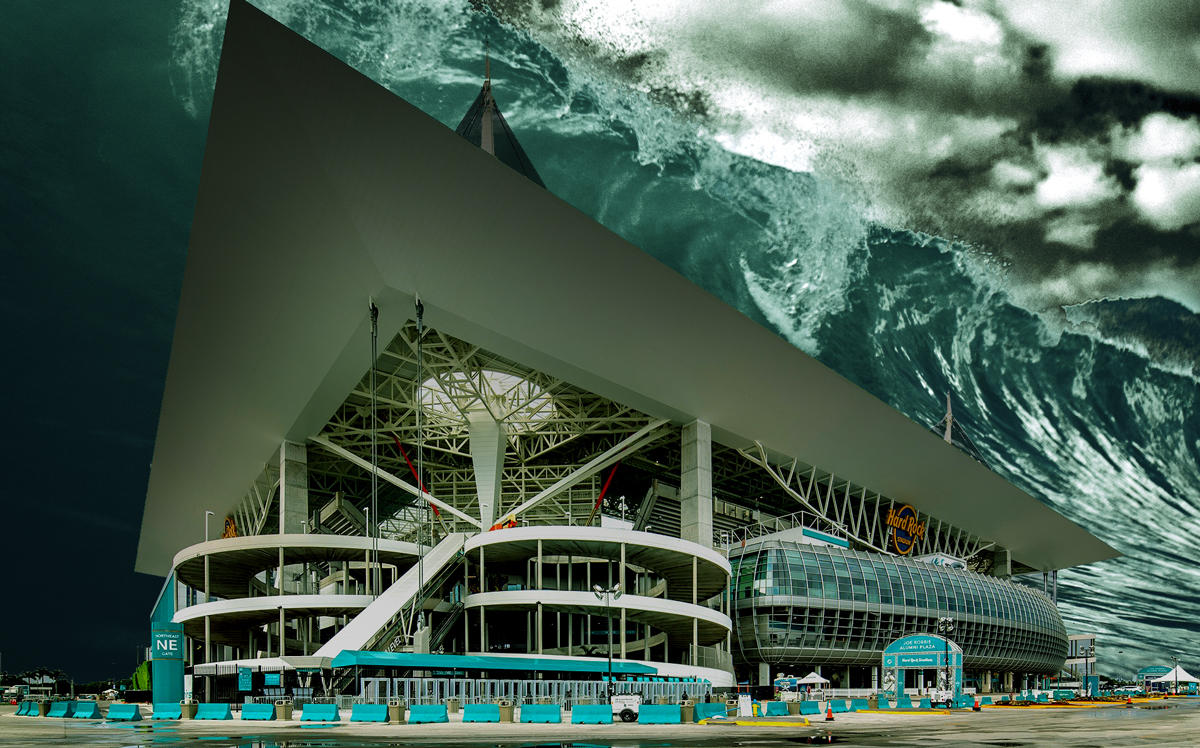Trending
Climate change is a real threat to America’s very expensive stadiums
Arenas in Miami and elsewhere are seeing flooding and other extreme weather events

Miami’s Hard Rock Stadium hosts the Kansas City Chiefs and the San Francisco 49ers in Super Bowl LIV on Sunday. Over the last few years, extreme weather and hurricane threats have affected several games at the 65,000-seat stadium.
Stadiums across the country are threatened by climate change as well, according to CNBC. Some teams and stadium owners are taking up sustainability programs in response.

Hurricane Irma hit Related Companies chairman Stephen Ross’s stadium in 2017, just after the Miami Dolphins finished a $500 million renovation. The team has moved at least one game since and delayed another — which became the longest game in NFL history — because of “lightning strikes that we’ve never had in 30 years,” according to the team’s CEO Tom Garfinkel.
The field also flooded during a college game. The stadium will begin flooding for good with three feet of sea level rise, according to Florida International University professor Henry Briceno.
Briceno said that American Airlines Arena, home of the Miami Heat, will begin flooding with just two feet of sea level rise that is projected over the next two decades.
Stadiums in other parts of the country have also seen climate change-related flooding, including the San Diego Padres’ Petco Park in 2017, Western Michigan University’s stadium last year, and a minor league stadium in Iowa last year.
The MLB was the first major American sports league to push teams to reduce their carbon footprints and most others have followed. Some teams, including the New York Yankees, are investing in carbon compensation projects, according to CNBC.
The Dolphins, meanwhile, are eliminating single-use plastics at the stadium this year. [CNBC] — Dennis Lynch




